You know what’s frustrating?
Watching companies throw millions at enterprise generative AI projects only to watch them crash and burn. CIOs hype it up in board meetings, teams get excited, and then…it fizzles out before it delivers anything useful.
And it’s not a small market either. According to Bloomberg, the generative AI market is expected to hit $1.3 trillion by 2032, so the stakes are huge, and the pressure to succeed is real.
It’s kind of like buying the fanciest treadmill, swearing you’ll use it every day, and three months later, it’s just an expensive clothes hanger in the corner of your room.
The truth is, most enterprise AI projects fail. Not because AI is useless (far from it), but because the approach is all wrong.
The good news?
These failures aren’t inevitable. You can spot the traps early, sidestep them, and actually make AI work for your business in 2026.
So, let’s break down the 5 biggest reasons enterprise generative AI projects flop and the simple fixes CIOs can use to turn things around.
Table of Contents
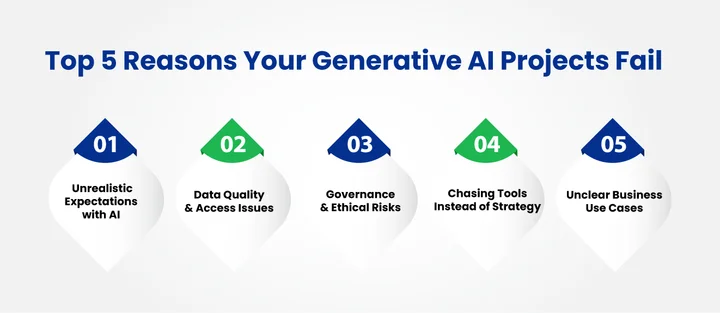
1. Setting Unrealistic Expectations from Day One
You’ve probably seen people talk about generative AI like it’s the second coming of the internet.
It’ll change everything!
It’ll replace jobs!
It’ll solve world hunger… Slow down.
Generative AI is amazing, no doubt. But it’s not magic. Think of it like a super-smart intern. This intern can write a report in minutes, summarize a 200-page manual, and give you ten creative ways to market your product.
Impressive, right?
But would you let that same intern sign off on your company’s tax filings?
Hopefully not.
That’s where many projects go wrong. They expect AI to handle critical decisions when it’s better suited as a sidekick. You can let it draft the first version, but you still need humans to edit, refine, and make the final call.
How Can CIOs Keep Expectations Grounded?
The quickest way to disappoint your board or team is to promise miracles AI can’t deliver. Think of it this way: if you tell everyone it’s going to turn water into wine, and all it does is make sparkling water, you’ve set yourself up for frustration.
So, how can CIOs set the right expectations from the start?
- Treat AI as a helper, not a decision-maker. Use it to draft, summarize, or brainstorm, but leave critical calls to human experts.
- Frame AI as a productivity boost for teams, not a replacement for them. This eases fears and sets realistic goals.
- Share real-world examples of AI wins and failures with stakeholders so everyone knows what’s possible and what’s not.
- Build in human review checkpoints at every stage. Think of AI as the “first draft” and humans as the editors.
Stuck with low adoption and messy data in AI projects? Get practical guidance from experts to make AI actually work for your teams and business.
2. Data Quality and Access Issues
Let’s be real,
Most enterprises aren’t running on shiny, modern systems. You’ve got layers of legacy software, data stored in twenty different places, and integrations that feel like duct tape holding everything together.
Now imagine trying to plug a large language model (LLM) into that mess. It’s like trying to install a brand-new Tesla engine into a car from the 1980s. It might work, but not without a ton of rewiring.
A big reason AI projects stall is that no one plans for the messy integration step. Data silos, outdated APIs, and security concerns slow everything down.
How Can CIOs Simplify Integration and Improve Data Flow?
AI can’t shine if it’s pulling from messy, outdated, or incomplete data. It’s like asking a chef to make a gourmet meal with expired ingredients; the result won’t impress anyone.
To make AI actually useful, CIOs should focus on improving integration and data flow first:
- Start with one dataset or workflow before trying to overhaul the entire IT stack.
- Audit systems for data silos, duplicates, and integration gaps.
- Invest in data cleaning and unification before plugging it into AI; bad data leads to bad outcomes.
- Collaborate with cloud and security teams to enable low-risk, scalable integrations.
3. Ignoring Governance and Ethical Risks
If you’re in industries like healthcare, banking, or government, you already know compliance can be a nightmare. Add generative AI into the mix, and suddenly you’ve got even more to worry about: data privacy, audit trails, and questions like:
Where did this model get its information?
Picture this: you roll out an AI solution, and two months later, the legal team storms in like it’s a crime scene because customer data might have been exposed. That’s the stuff that keeps CIOs awake at night.
How Can CIOs Build with Trust and Compliance in Mind?
Skipping over governance is like building a house without locks on the doors; you might get away with it for a while, but eventually something will go wrong. And when it does, it’s costly and public.
So, what’s the smarter play for CIOs?
- Involve legal, compliance, and security teams at the start, not after rollout.
- Use open-source LLMs or on-prem models for sensitive data to maintain control.
- Establish AI governance frameworks with clear audit trails for decision-making.
- Define ethical AI use policies so employees know what’s allowed (and what’s not).
4. Chasing Tools Instead of Building A Strategy
Here’s a headache you probably know well:
By the time you finish implementing a new AI tool, the market has already moved on to something better. It’s like spending months setting up the latest smartphone only to find out a new model launched yesterday.
Generative AI is evolving so fast that many projects feel outdated before they even go live. CIOs end up chasing the next trend instead of building something that lasts.
How Can CIOs Stay Flexible Without Chasing Trends?
Every year, there’s a new “must-have” AI platform that promises to solve everything.
The danger?
You end up with a graveyard of half-baked pilots that never make it past the proof-of-concept stage.
Instead of chasing hype, CIOs should keep their eye on strategy:
- Focus on business goals first, tools second. Don’t let hype dictate your roadmap.
- Build modular systems, like LEGO blocks, so you can swap in better tech without redoing everything.
- Avoid vendor lock-in by negotiating flexible contracts that let you pivot when needed.
- Keep a pilot-and-scale approach: test new tools on a small use case before rolling them out company-wide.
5. Lack of Clear Business Use Cases
One of the biggest hurdles often comes from the people side, not the technology. Employees worry AI will replace their jobs. Managers don’t trust it. Executives aren’t sure it’ll deliver. Suddenly, your shiny AI project feels like an unwelcome guest at the office party.
It’s like introducing a new coffee machine at work. Half the team loves it, the other half complains the old one was better, and someone swears the new one ruined their morning routine.
Resistance is natural, but if you don’t handle it, your project will stall before it even gets off the ground.
How Can CIOs Win Buy-In with Practical Use Cases?
AI projects lose steam fast if people don’t understand how they connect to day-to-day problems. If employees think it’s just another tech experiment, adoption will stall before it even starts.
That’s why CIOs should focus on use cases that actually solve problems employees care about:
- Start with quick-win projects (like automating reports or summarizing customer feedback) to prove value early.
- Train employees to use AI as a partner, showing how it makes their jobs easier instead of threatening them.
- Share success stories across teams to build momentum and excitement.
- Involve employees and managers in shaping AI use cases so they feel ownership and control of the change.
The Essential Generative AI Success Checklist for CIOs in 2026
Rolling out generative AI can be exciting, but it can also feel overwhelming. With so many tools, vendors, and promises floating around, it’s easy to lose focus.
It’s useful to remember the reasons why you should use generative AI for business. Keeping its value in mind helps you plan practical steps and guide your teams toward meaningful results.
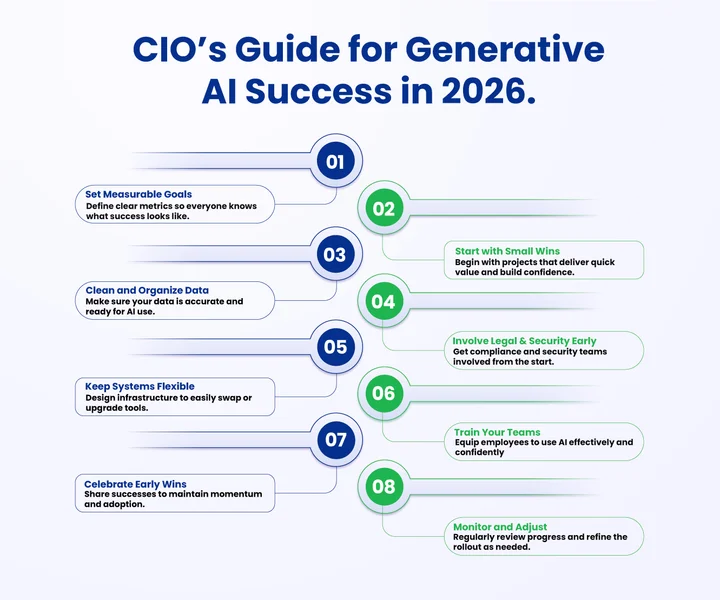
Here’s a playbook you can lean on:
- Set goals you can actually measure so everyone knows what success looks like.
- Kick things off with smaller projects that show quick wins and build confidence.
- Get your data in shape: clean, accurate data makes all the difference.
- Loop in legal and security teams early so you’re not putting out fires later.
- Keep your systems flexible so swapping in better tools down the line isn’t a nightmare.
- Help your teams learn the ropes with training that makes AI feel like a helpful partner.
- Celebrate early wins and share stories to keep the energy high.
- Check progress often and adjust instead of treating the rollout as a “set it and forget it.”
Follow these steps, and you’ll give your AI projects the best chance to succeed while keeping everyone on board and excited about what’s next.
Wrapping Up: How Can CIOs Lead AI Projects to Victory?
Generative AI is packed with potential, but success doesn’t come from hype or quick fixes. It comes from setting the right expectations, cleaning up the messy data, keeping compliance in check, choosing tools wisely, and giving your people a real reason to get behind it.
Partnering with effective generative AI development services can make this easier, providing guidance on best practices and helping CIOs avoid common pitfalls.
If you’re a CIO, think of AI as a long-term enterprise transformation, not a one-off pilot. Start small, stay practical, and let each win build momentum. That’s how you’ll turn AI from a risky experiment into a driver of real business value in 2026 and beyond.
Frequently Asked Questions (FAQs)
2. What Are The Biggest Challenges CIOs Face With Generative AI Adoption?
CIOs often run into hurdles like integrating AI with legacy systems, overcoming internal resistance, ensuring data privacy, managing regulatory concerns, and keeping AI projects aligned with business goals. These challenges can slow progress if not addressed early.
3. How Can CIOs Prevent AI Project Failure?
CIOs can improve the odds of success by setting realistic goals, starting with small pilot projects, cleaning and unifying data, involving legal and compliance teams from the start, building modular systems for flexibility, and engaging employees in shaping AI use cases.
4. What Role Does Governance Play In Successful AI Projects?
Enterprise AI governance is critical. Establishing frameworks for ethical AI use, audit trails, and data privacy ensures that AI projects remain compliant and trustworthy. Governance also helps avoid costly mistakes that can derail adoption and damage stakeholder confidence.
5. How Can Companies Scale AI Successfully In 2026 And Beyond?
Scaling AI in enterprises requires a modular, vendor-agnostic approach, combined with clear business objectives and continuous monitoring of ROI. Regular training, employee engagement, and iterative improvements ensure AI delivers measurable value while avoiding common pitfalls.
Seeing your generative AI initiatives stall before delivering results? Partner with experienced advisors to turn your AI projects into measurable business wins.

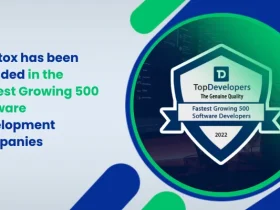
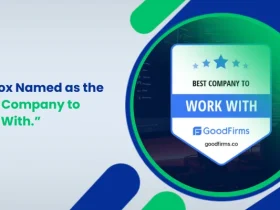

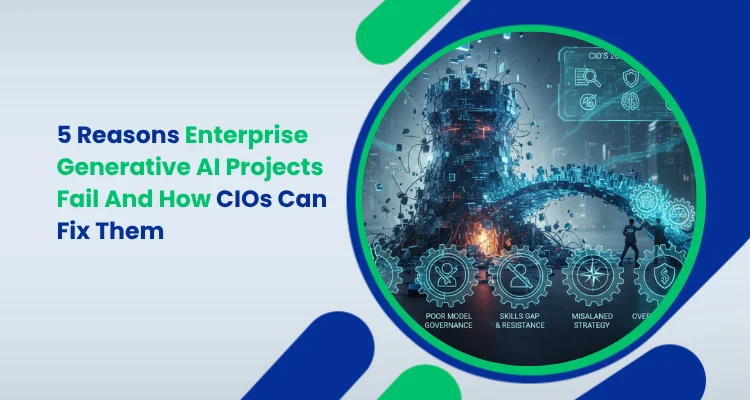
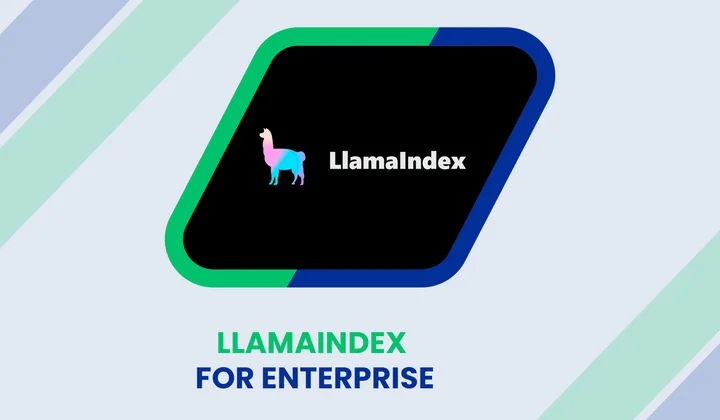
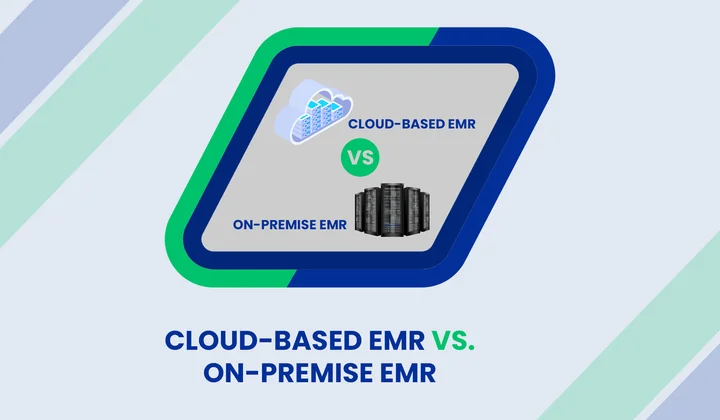

Share your thoughts about this blog!